How to reanimate roses after winter?
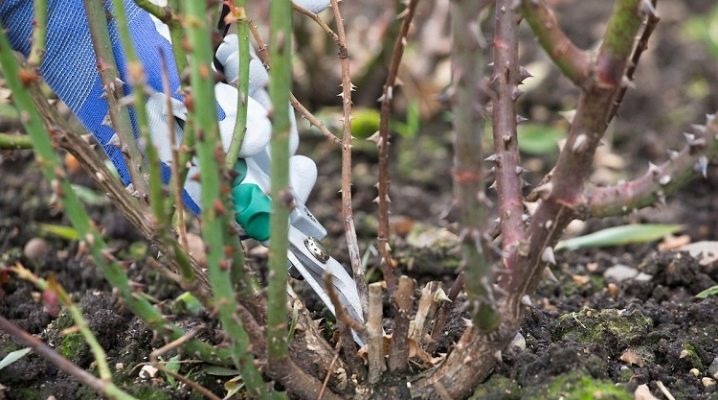
The rose is one of the most amazing and beautiful plants in the garden. If you decide to plant such vegetation on your site, you need to know how to properly reanimate it after winter.
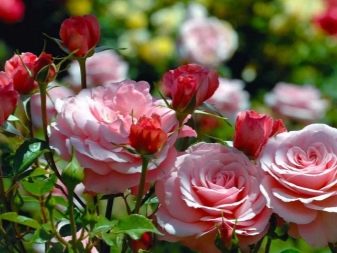
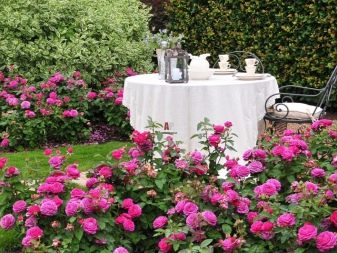
How to trim correctly?
After winter, the rose will need special care. The pruning procedure will help restore plants after cold weather. It involves the removal of old and diseased parts of the rose. The shoots of vegetation must be shortened so that all remaining bushes are covered. After this procedure, shoots with a length of 20-25 centimeters should remain.
Pruning should only be done with well-sharpened pruning shears. It is recommended to pre-treat its blade with an antiseptic.
Besides, during pruning, it is worth removing all areas that are affected by frost and diseases, pests. Most often, the affected parts turn black. They are cut with a small capture of the healthy part of the bush. Sometimes, after winter, cracks of various sizes appear on the base of the shoots. If they are small, then they can simply be treated with potassium permanganate, and then covered with garden pitch. If the cracks are large, then the shoots will have to be removed, since they will no longer go into growth.

Sometimes mold can be seen at the base of the branches after frost. It should also be removed by wiping thoroughly with a cloth dampened with potassium permanganate. Rose pruning should only be done in dry weather. In the process of pruning, brown-red spots can be seen on the bushes. Most often, they close or ring the shoots. These spots are a sign of an infectious burn. Such a disease can quickly destroy the entire bush. To save a flower, it is better to immediately cut diseased shoots to healthy wood. All remote areas are necessarily burned, because they can be sources of infection.
If you grow a climbing rose in your summer cottage, then you will also have to prune. At the same time, thin shoots are shortened to stimulate growth, and simple sanitary cleaning is also carried out. In any case, all diseased and dead areas are necessarily removed. Immediately after pruning, be sure to process the bushes themselves and the soil around them. For this, it is better to use fungicides.
Pruning times may vary depending on the variety of roses. If early flowering varieties grow on your site, then the procedure should be performed in April before bud break. Climbing, hybrid tea species are best pruned in May before blooming.
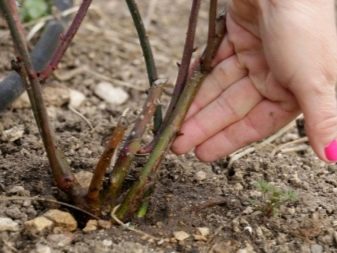

Watering and processing
After the pruning has been carried out, watering is carried out. To do this, use water with a temperature of + 18 ... 23 degrees. In this case, one bush should have a full bucket. Watering should be done without using top dressing. In order for the rose to finally wake up, it needs to be moistened regularly. The topsoil should not be dry. 2-3 days after pruning, the vegetation and the soil around it should be treated against fungal diseases. For this, you can use Bordeaux liquid (1%). It is made from lime (100 grams) and copper sulfate (100 grams). These components are diluted in 10 liters of pure water. Moreover, 100 sq. m plantings should account for 10-15 liters of the finished mixture.
And also for such processing, you can use a solution of copper sulfate (1%). In this case, 10 liters of liquid are mixed with 100 grams of vitriol.Spraying with a ready-made composition is performed at the rate of 10 liters per 100 sq. m.If, after removing the covering material, you see signs of fungal diseases on the roses (brown or black spots, yellowing, fluffy gray or white bloom), then treatment should be started immediately, because the infection spreads rather quickly, with a strong infection the plant will die.
Often, gardeners take ready-made fungicides to process a garden rose. The following drugs are considered the most popular:
- "Hom";
- Abiga Peak;
- Fundazol.
For prevention, it is also recommended to carry out subsequent treatments with soapy water or tincture made on the basis of fresh nettle. For the best effect, you can add a little hot pepper to the composition.

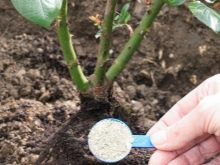

Often, after the winter season, you can see aphids and caterpillars on roses. They affect foliage as well as buds that are forming. To destroy all parasites, it is necessary to do an insecticide treatment. You can also use folk remedies (tincture with tobacco, chopped garlic, with onion peel). In the future, you need to periodically inspect the bushes and check them for pests. It is necessary to process vegetation in calm and dry weather. If you plan to work with ready-made chemicals, then put on protective equipment in advance, including gloves, a hat, and a respirator. Before using such formulations, be sure to read the instructions to determine the correct dosage.
The soil around the plants also needs processing. It is important to carry out mulching in a timely manner. This procedure is best done after using fertilizers. Mulching helps the vegetation to develop properly and resist various diseases. In addition, this treatment will keep the liquid in the ground, at too high temperatures the soil will cool. The procedure will prevent excessive soil compaction, preserve useful mineral elements, protect the roots of roses, and significantly improve the appearance of the bushes. Mulching can be done at any time of the year. To restore plants after wintering, the procedure is performed in early spring. At the same time, first, they carefully weed the ground next to the bushes, be sure to remove weeds and growth. After that, the soil is carefully covered with mulch, the layer should reach 5-6 centimeters. Make sure the base of the barrel does not close. When the mass turns into humus, it is mixed with the top of the earth. A new layer of mulch is laid on top.
Mulching components can be purchased ready-made from your garden store. And also you can prepare them yourself. In the latter case, you need to prepare small pieces of cardboard, hay, dry grass and sawdust. Compost is a great option. It can be made from a variety of components, including food waste (most often from pieces of vegetables, fruits). The prepared material is mixed and left next to the bushes to rot. And also manure or chicken droppings are often used. They must be dry to create mulch. In order for the bushes to overwinter, they are also mulched, and then covered with a special protective material.

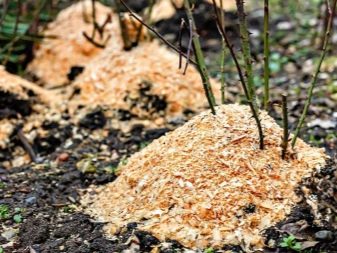
Top dressing
To reanimate a garden rose after the winter period, a variety of dressings are also used. An excellent option would be natural growth stimulants - humates. They are produced on the basis of peat, brown coal. Humates allow not only to stimulate the growth of the root system, but also to improve the quality of the soil around the plant. These components should be used twice within one month. Often, gardeners use ready-made specialized fertilizers for roses. But it is better to use them only in half the dose. After the pruning is done, the bushes should be fed with nitrogen compounds. The following nitrogen preparations are very popular among gardeners:
- "Aquamix";
- "Kemira-Universal";
- "Aquarin".
To further stimulate plant growth, mineral components and organics should be combined. As the latter, you can take bird droppings, humus, rotted manure. When the rose is at the stage of forming new young branches, you can use nutritious tinctures prepared on the basis of herbs or manure. Immediately after fertilization, the bushes must be watered abundantly with water at room temperature.
If a rose on the street is very frozen, dried up, and after wintering does not develop well or does not wake up at all, it can be revived with magnesium sulfate. This simple method consists in treating the bushes by watering the vegetation with a solution with such a substance (for 3 liters of water, 25 grams). Pour a small amount of the resulting solution into a watering can or other container and pour it over the rose. This is done with each bush. Alternatively, you can simply sprinkle magnesium sulfate around the bushes. This is done at a distance of 5-7 centimeters from the trunk.
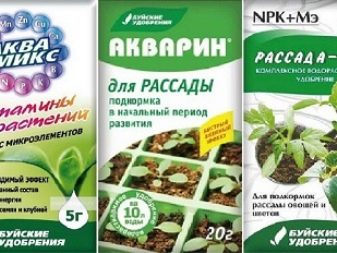
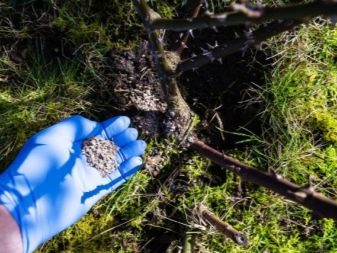
What if the bushes turn black?
Often, after wintering on roses, you can see areas of black color, which were frozen out in winter. In this case, you need to immediately remove all fallen and dry leaves around the vegetation. The layer of soil, which was used to sprinkle the plant for the winter season, is raked. After at least two weeks have passed since the removal of the covering material, you can start pruning the plant. It will be necessary to remove all blackened, broken and weak areas of the shoots.
All sections are made slightly above the living kidney. If all the stems are completely blackened, then you will have to cut off the grafting site, not even leaving a hemp. In this case, the rose will be able to grow and develop in the future only when its root system is alive. Over time, young shoots will begin to grow on the bushes. But it will take quite a long amount of time to form a new healthy bush.
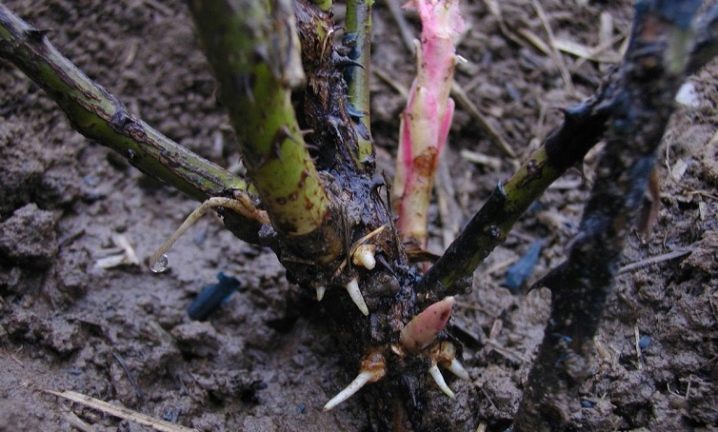
And also blackened bushes will especially need feeding. In early May, it will be necessary to use fertilizer with a high nitrogen content. Sometimes, instead of a ready-made store composition, ammonium nitrate and mullein are used. After two weeks, this procedure is repeated. When buds begin to form on the bushes, a complex mineral fertilizer in liquid form should be applied. Moreover, for each adult plant there should be about three liters of such a substance. If the plant does not wake up for a long time after wintering, it is difficult to recover, the number of watering should also be increased.
If the roses are very frozen, then you can additionally use various ready-made growth stimulants. If you do not carry out the correct resuscitation of plants after wintering, they may soon die.
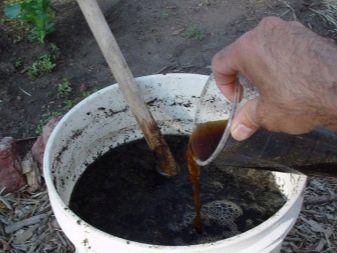
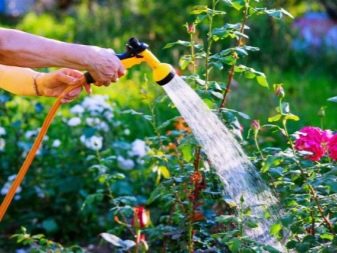

































































































The comment was sent successfully.